English Lowlands Beech Forests
The ecoregion’s land area is provided in units of 1,000 hectares. The conservation target is the Global Safety Net (GSN1) area for the given ecoregion. The protection level indicates the percentage of the GSN goal that is currently protected on a scale of 0-10. N/A means data is not available at this time.
Bioregion: Great Britain, Ireland & Faroe Islands (PA9)
Realm: Western Eurasia
Ecoregion Size (1000 ha):
4,570
Ecoregion ID:
663
Conservation Target:
34%
Protection Level:
9
States: United Kingdom
The English Lowlands Beech Forests ecoregion hosts ancient royal woodlands, the emblematic white cliffs of Dover, and a “Jurassic Coast” rich with fossil ammonites and ichthyosaurs. Springtime beechwoods are carpeted with bluebells, and red deer stalk glades of oak and bracken. Birds such as the turtle dove, yellowhammer, northern lapwing, and barn owl rely on the large area of agricultural land in the ecoregion, and Eurasian otters have made a comeback to the rivers. The endangered violet clickbeetle relies on the rotting hearts of ancient trees.
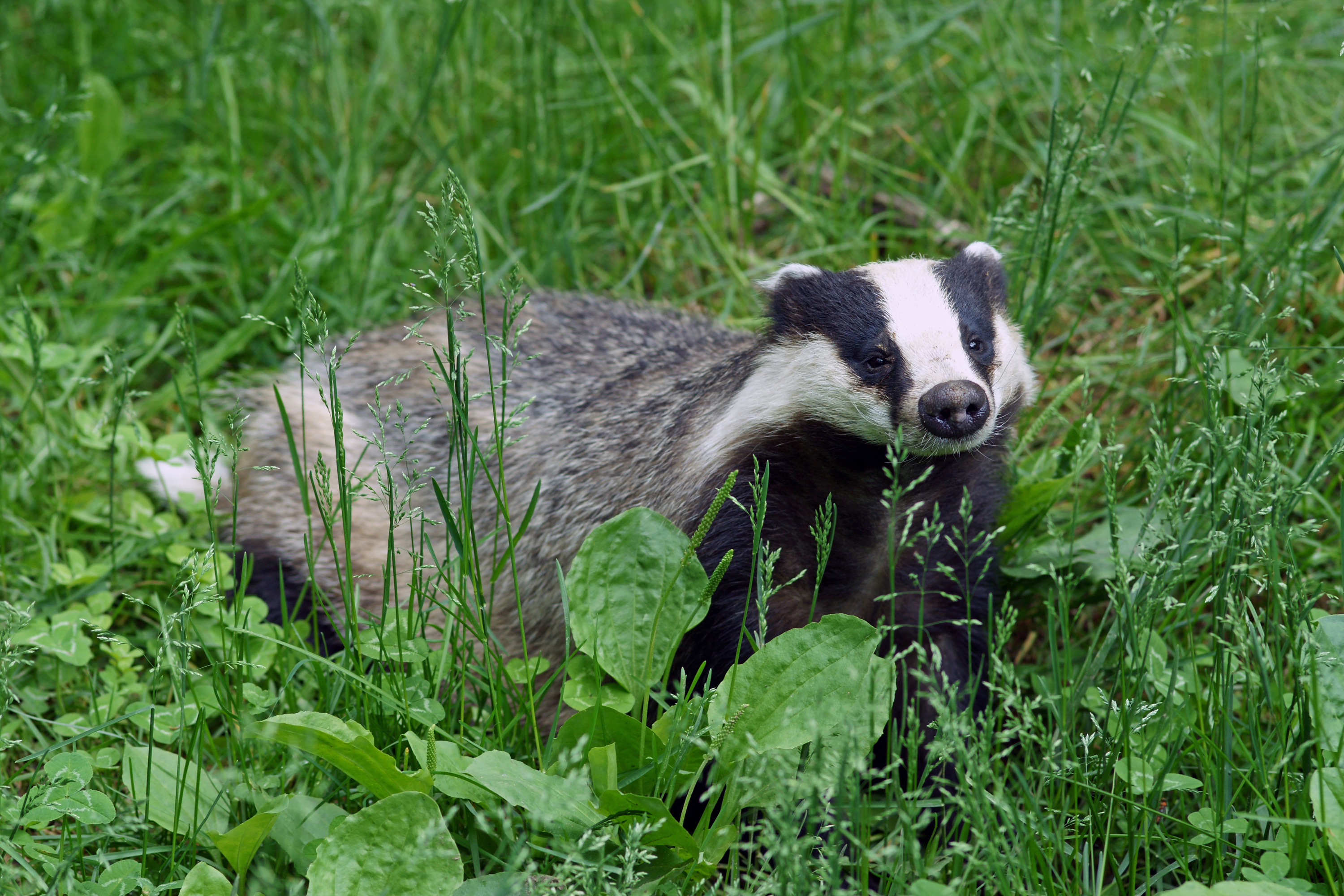
The flagship species of the English Lowlands Beech Forests ecoregion is the Eurasian badger. Image credit: Creative Commons
This ecoregion encompasses the lowlands in the southeastern part of Britain. Geologically it is composed of bands of sedimentary rock, the oldest to the west and the youngest to the east. The “Jurassic Coast” in the far southwest of the ecoregion is a designated World Heritage site for its fossils and geomorphologic features. The climate is warm temperate with oceanic influence and it is generally sunnier and dryer than other parts of the UK. Average temperatures are 4–17°C, occasionally below freezing in the winter months, and annual rainfall is about 650 mm.
There are no areas of primary forest in this ecoregion. The main forest habitat is broadleaved woodland of pedunculate oak, sessile oak, birch, and hornbeam with brambles and bracken covering the forest floor. In areas of freely draining soil, beech trees dominate. On alkaline soils, such as the Chiltern Hills, it is found with yew, ash, and whitebeam. On more acidic soils, such as the New Forest, beech is found with pedunculate oak or sessile oak. Alder, willows, and birch occur in sites with regularly wet soils.
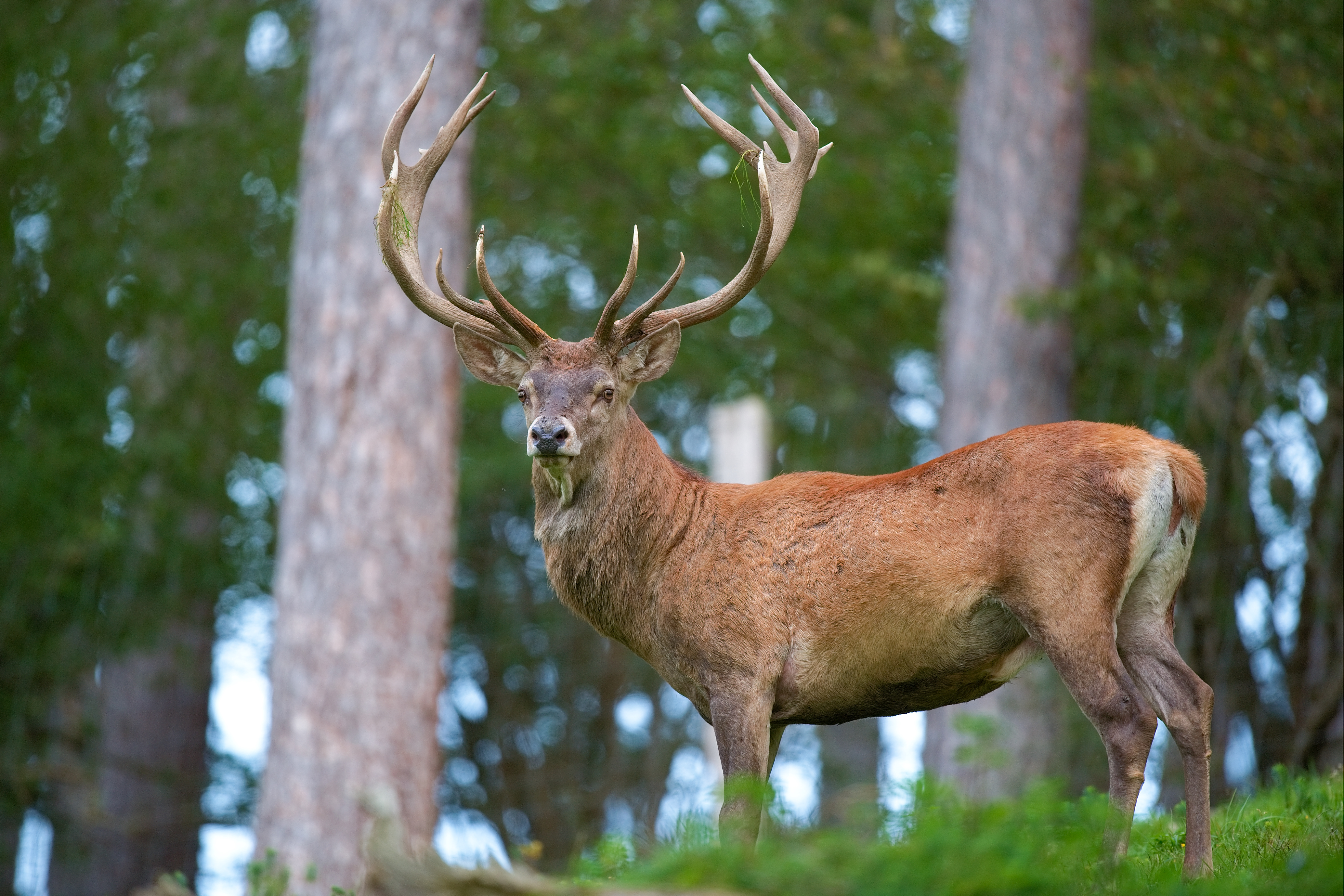
Red deer. Image credit: Creative Commons
The beechwood canopy is shady with deep leaf litter, preventing herbaceous plants from establishing, but in the springtime, bluebells carpet the woodland floor and wild garlic casts its distinctive scent through the air. The south of the ecoregion hosts scarce lowland heathland habitat. An endemic grass, interrupted brome, became extinct in the wild in the 1970s but has since been reintroduced. Several species of whitebeam tree are endemic to the west of the ecoregion, including critically endangered Rich’s whitebeam, Symon’s yat whitebeam, and Cheddar whitebeam.
The ecoregion supports red deer, roe deer, Eurasian otters, Eurasian badgers, red foxes, stoats, least weasels, and western polecats. Woodlands host birds such as lesser-spotted woodpecker, bullfinch, willow warbler, and nuthatch whilst species such as northern lapwings, yellowhammers, and skylarks rely on farmland habitats. Raptors include peregrine falcon, merlin, hobby, and Eurasian buzzard; the red kite, which was regarded as a pest and suffered intensive human persecution to from 1850 until the mid-1950s, has also been successfully reintroduced. Estuaries and shorelines along the south coast are vital for wading birds on their migratory routes, such as black-tailed godwits, Eurasian curlews, avocet, and Eurasian oystercatchers.
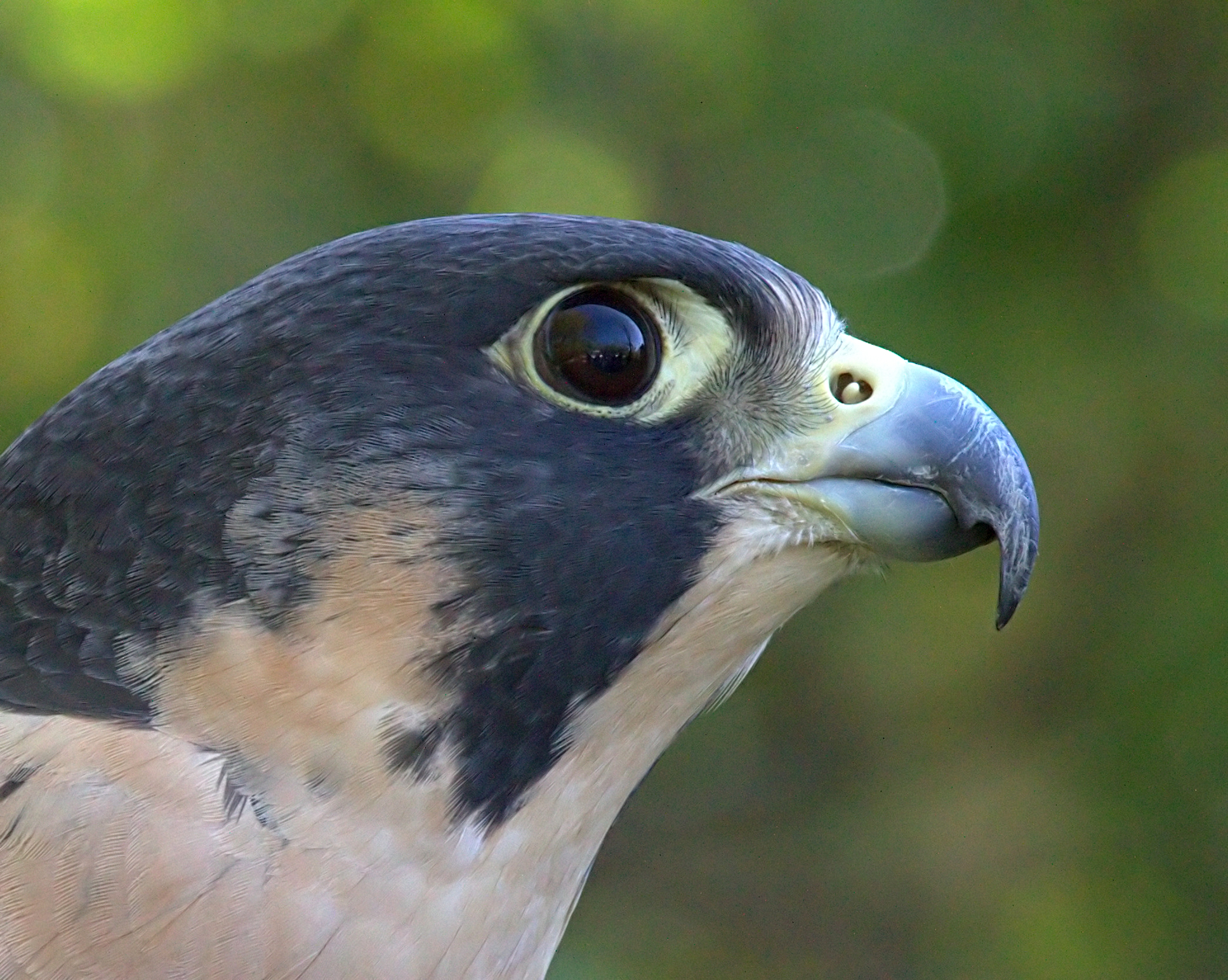
Peregrine falcon. Image credit: Greg Hume, Creative Commons
About 12% of the ecoregion is covered by woodland, the majority managed plantation of fast-growing conifer species such as Scots pine and Corsican pine. Small pockets of ancient semi-natural woodland are scattered across the landscape but only 2,150 km2 remain in the whole of England. The landscape is instead dominated by arable land where possible, otherwise grass grazing mainly for sheep and cattle. There is very high population pressure, particularly in and around London and the Thames Valley. In recent years, distributions of mammalian carnivores have improved, following reductions in hunting and persecution and habitat improvement.
The ecoregion faces a number of issues including agricultural intensification, over-extraction of river water, invasive species such as Japanese knotweed and signal crayfish, and infrastructure development. A well-established network of national parks, areas of outstanding natural beauty, and nature reserves exists, but political uncertainty and climate change threaten continuity of management and integrity of these sites.
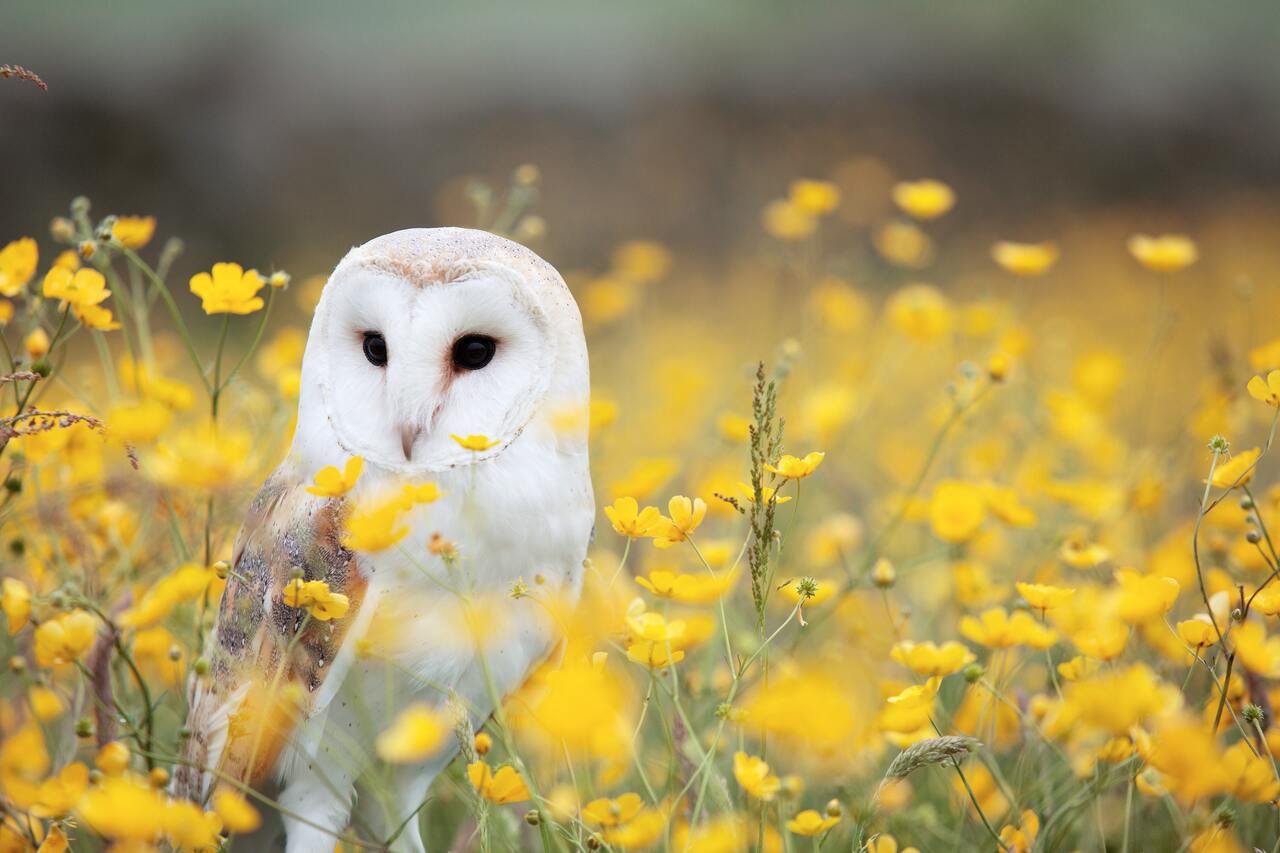
Barn owl. Image credit: Creative Commons
The priority conservation actions for the next decade will be to: 1) ensure political changes do not impact current commitments to protected areas, soil, water and sustainable farming practice; 2) increase connectivity of protected areas to mitigate potential effects of climate change; and 3) control the spread and impact of invasive species.
Citations
- UK National Ecosystem Assessment. 2011. Technical Report Chapter 8: Woodlands. [Online]. [Accessed 13 August 2019]. Available from: http://uknea.unep-wcmc.org/Resources/tabid/82/Default.aspx
- JNCC. 2004. National Vegetation Classification: Field guide to woodland. Peterborough, JNCC.
- Joint Research Centre of the European Commission. 2019. The Digital Observatory for Protected Areas (DOPA) Explorer 3.1: English lowlands beech forests. [Online]. [Accessed 16 August 2019]. Available from: https://dopa-explorer.jrc.ec.europa.eu/wdpa/183408 https://dopa-explorer.jrc.ec.europa.eu/ecoregion/80421
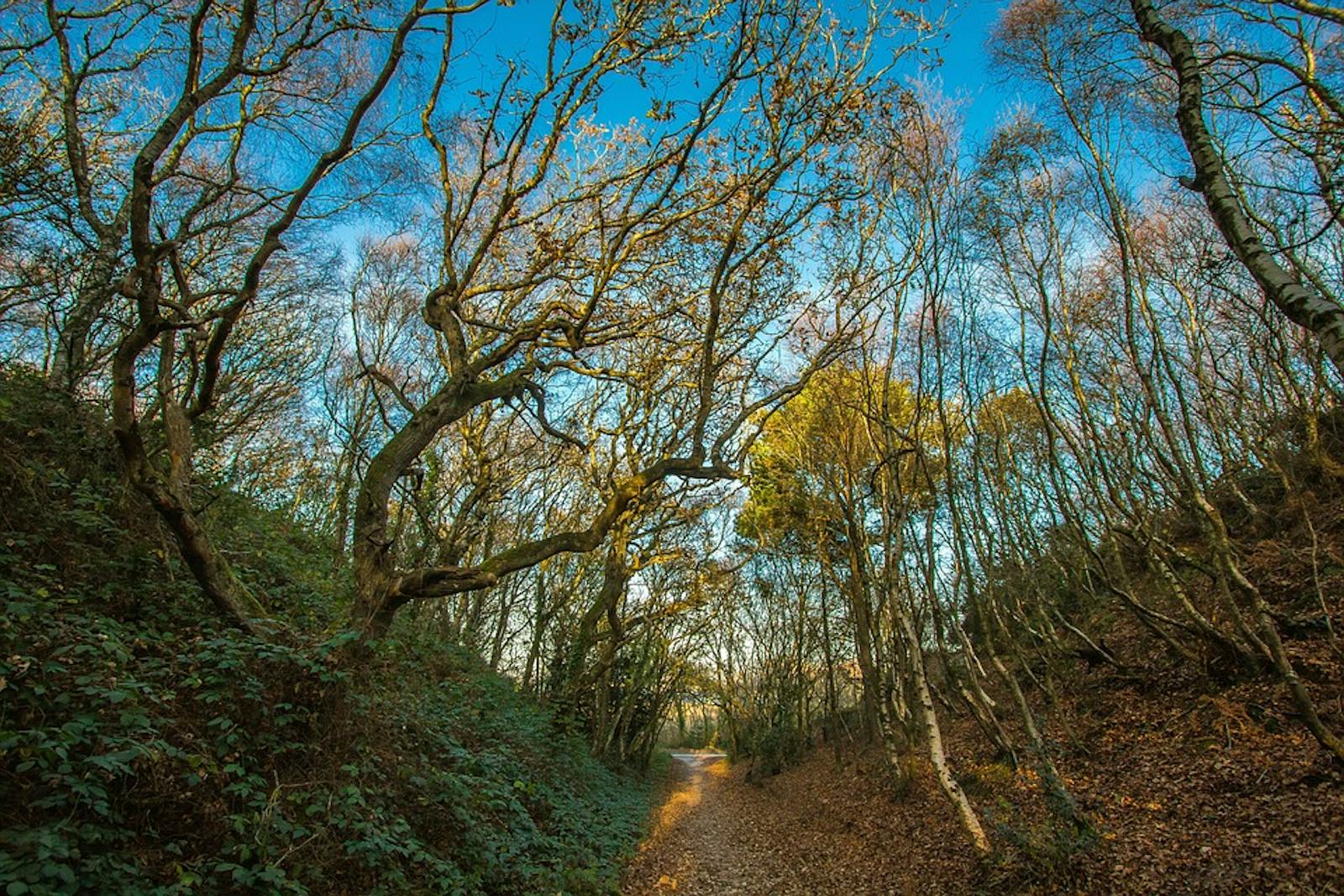
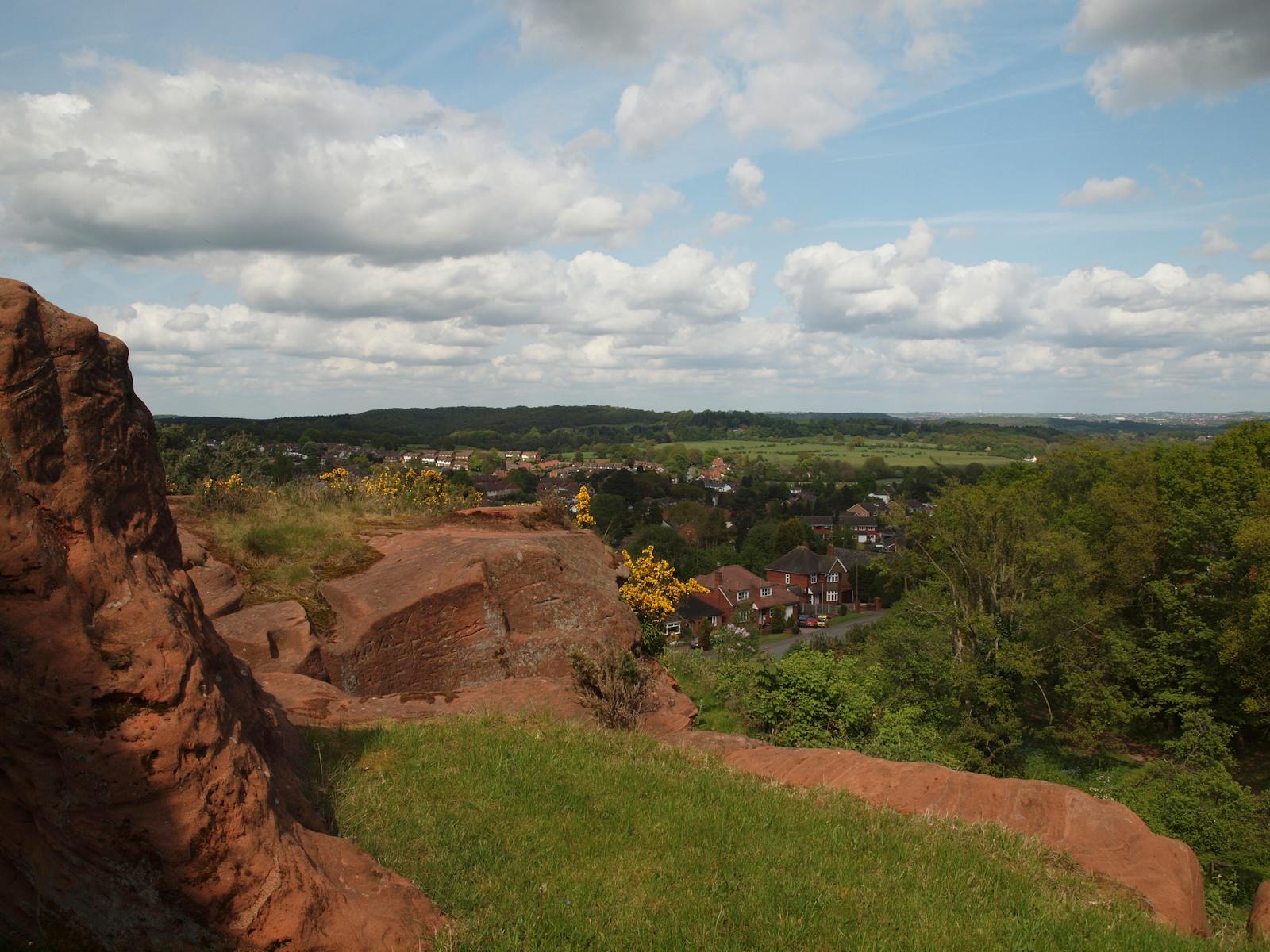
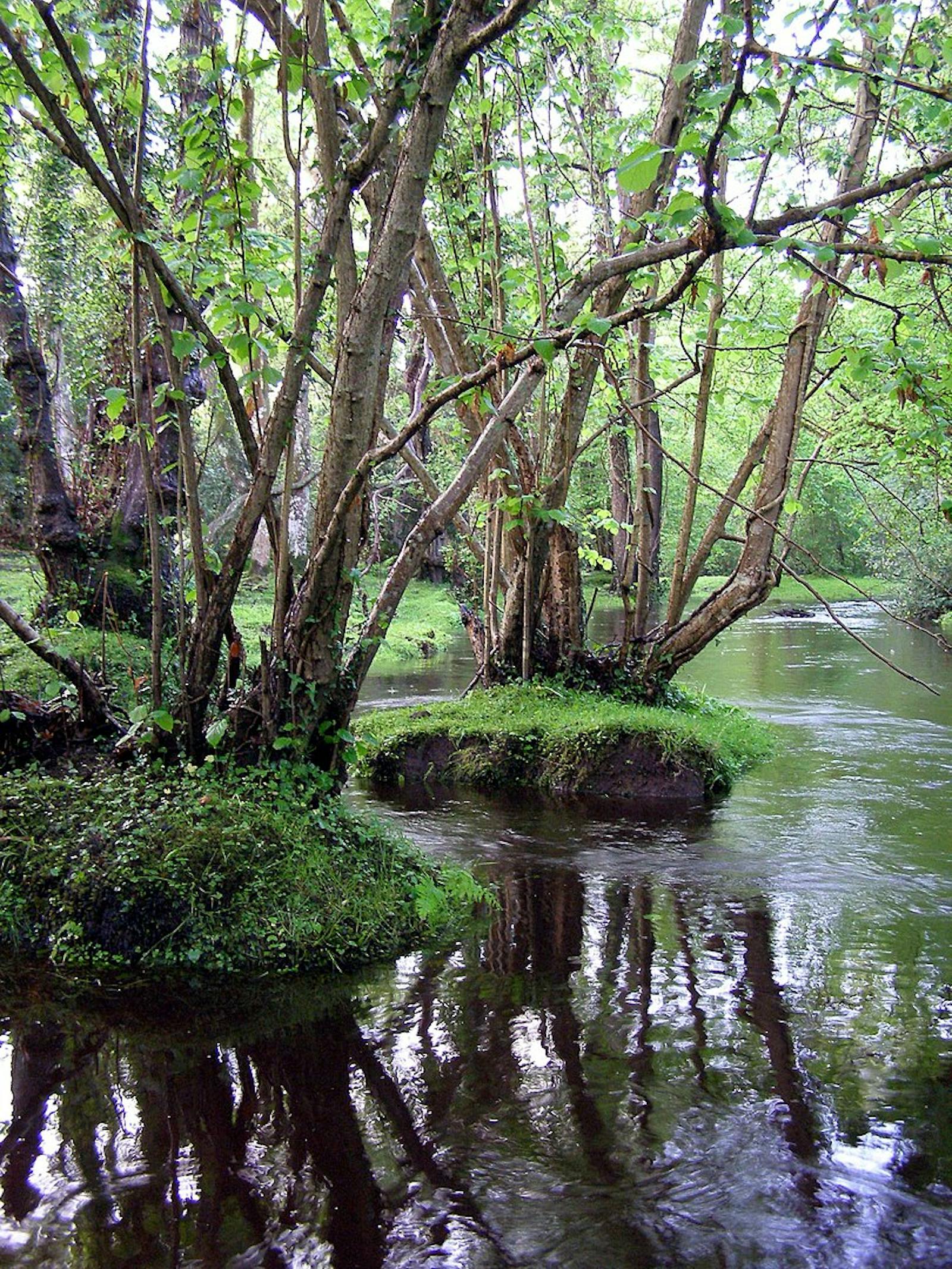
.png?auto=compress%2Cformat&w=300)
